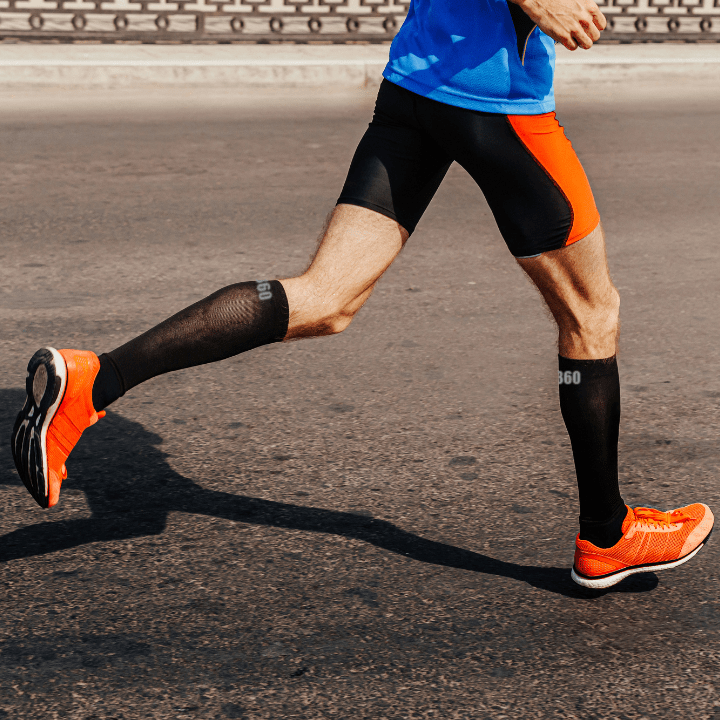How Do You Know Which Level of Compression for Compression Socks Is Right for You?

Do you have a feeling of heavy legs? Or have your ankles/calves/feet swollen? Do you have night muscle pain? Or do you feel tingling or an irrepressible need to move your legs? Don’t look far. These are signs of venous insufficiency.
As a general rule, the higher the compression level or force, the tighter the compression sock is. The pressure is indicated in millimeters of mercury (mmHg). This is the same scale used to measure blood pressure.
The most useful compression socks are those with progressive rather than uniform compression levels. Progressive compression socks are narrower at the ankle than at the calf. Progressive hot compress promotes the return of blood to the heart and thus the blood flow.
The Compression Levels
What compression levels for what medical conditions? General guidance below. It is provided for information purposes only. The severity of a problem determines the level required.
As we mentioned earlier, it is advisable to consult a doctor to identify the level of compression that is right for you.
Compression Level 1
18–21 mmHg
Slight pain, heaviness and fatigue of the legs
Support and comfort in case of standing or prolonged sitting
Beneficial to general health and energy levels
Improved circulation, especially in the legs
Additional support in case of intense activity or travel
These products can prevent the formation of varicose veins and telangiectasias during pregnancy
Compression Level 2
23–32 mmHg
The level of compression most prescribed by medically reviewed doctors
Varicose veins with mild edema
Varicose veins during pregnancy
Following surgical treatment of varicose veins, such as sclerotherapy and phlebectomy
Treatment of orthostatic/postural hypotension, a form of low blood pressure
Deep vein thrombosis
Post-thrombotic syndrome
Healed leg ulcers
Niveau de Compression 3
34–46 mmHg
Moderate edema and lymphedema
Lipedema
Following bone fracture or orthopedic surgery
Treatment of skin lesions with healed ulcers
Compression Level 4
min. 49 mmHg
Severe lymphedema
Severe post-thrombotic syndrome
When should I consider wearing compression socks or see a doctor?
Pregnancy
Chronic swelling, pain or fatigue of the legs
Poor circulation in the legs
Varicose veins or venous ulcers in the lower legs
Known risk of blood clot, especially in legs
Personal/family history of deep vein thrombosis
Prolonged bed rest, for example following surgery
In prevention: it is wise to wear compression socks to solve a problem before it gets worse.
In what situations should compression socks be used with caution?
Arterial insufficiency, intermittent claudication, ischemia
Uncontrolled congestive heart failure (CHF)
Acute dermatitis, oozing dermatosis, cutaneous septicemia
Signs of leg infection
Paramedic Canada may be a trustworthy provider of knee cushions and braces diachylons, lower leg braces, arm supports, and any restorative apparatus or supply you’ll require for decreasing joint torment and making a difference you keep up legitimate pose. Their items are outlined to permit for secure and comfortable recuperating or moved forward development. They are accessible in all drug stores over Canada, particularly Brunet, Get to Pharma, Uniprix, and Familiprix, among others.
You may select to buy items from the subsidiary retailers; otherwise you can get them specifically from the company’s stockrooms. For stockroom buys you’ll have to be put an arrange in development, by calling the client care at 1-800-465-1255. The shipping fetched is as it were $15 all through Canada, and conveyances take between 48 and 72 hours in Ontario or Quebec, or between 3 and 5 working days in other parts of Canada.

